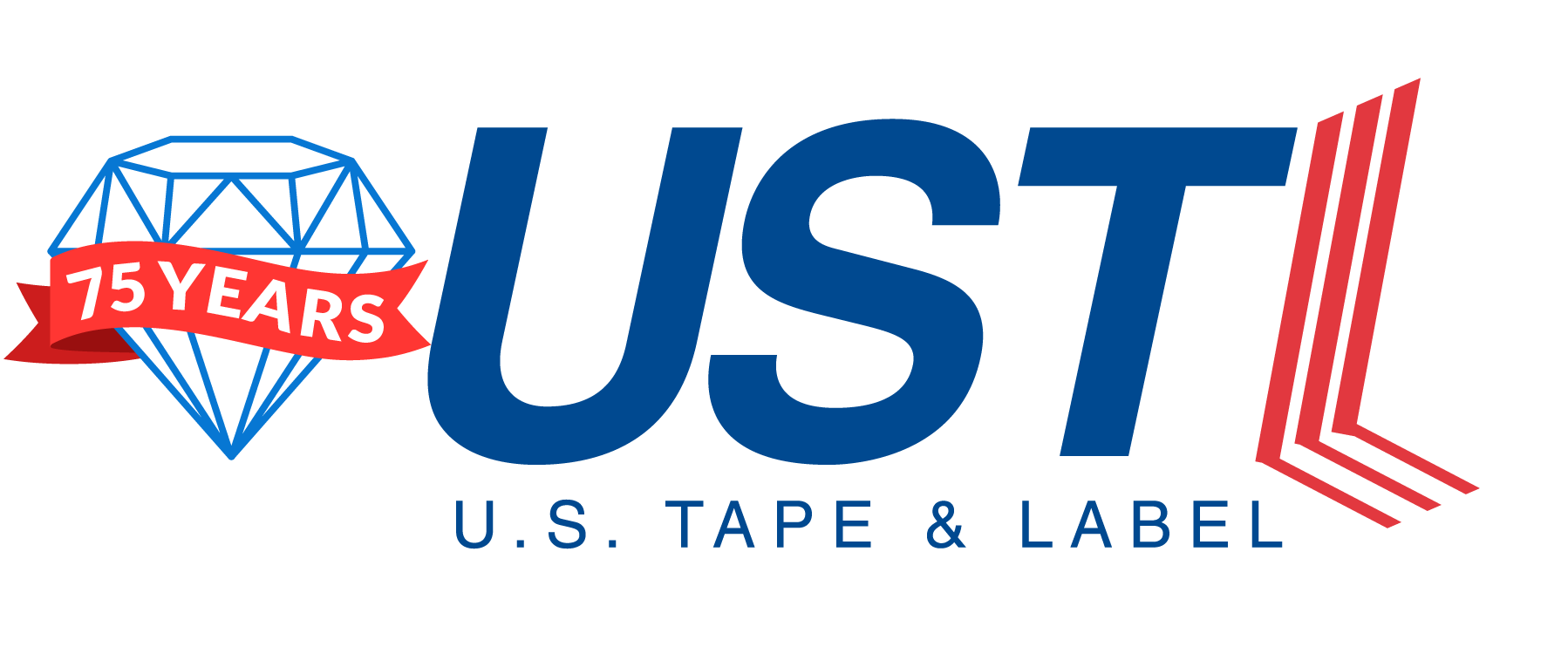
The odds are good that your refrigerator has a few food products encased in plastic packaging. But how often do you pay attention to the fine print on the bag?
To most consumers, this text is easy to ignore. For food manufacturers, however, this fine print is an essential aspect of your label design. In this blog, we will discuss the requirements behind food label design and what you need to include on your packaging.
Understanding the FDA’s Food Label Template
First and foremost, it’s essential to discuss the legal requirements behind food label design. In the United States, the Food and Drug Administration (FDA) regulates all aspects of food packaging and their labeling elements. Generally speaking, your food label design needs to include the following information:
- Product Ingredients: One of the most important pieces of information on a food label is the product’s ingredients. The FDA requires that all ingredients be listed in order of predominance by weight. This means that the first ingredient on the list is the one that makes up the largest proportion of the product, and the last ingredient is the one that makes up the smallest proportion.
- Nutritional Content: In addition to the ingredients list, food labels must also include information about the product’s nutritional content. This includes the amount of calories, fat, cholesterol, sodium, and other nutrients in a serving of the product. This information must be presented in a standardized format called the “Nutrition Facts” panel. The panel must include the serving size, the number of servings per container, and the amount of each nutrient per serving.
- Food Allergies: Food labels must also include information about any potential allergens in the product. The FDA requires that any product that contains one of the eight most common allergens—peanuts, tree nuts, milk, eggs, fish, shellfish, soy, and wheat—must list the allergen on the label. This is usually done by including a statement at the end of the ingredients list that says something like “Contains wheat, soy, and milk.”
- Supplementary Information: In addition to these legal requirements, food labels may also include other information that is not required by law. This can include the product’s name and brand, a description of the product, and any claims about the product’s nutritional or health benefits. For example, a product might claim to be “low fat” or “organic” if it meets certain criteria.
What product-specific factors should I consider when creating my food labels?
The surface of your product’s container
The surface onto which your label will need to stick can vary widely depending on the type of food you’re selling. Produce might be packaged in plastic with varying levels of tension which can affect the efficacy of your adhesive. Many food labels need to be placed on curved surfaces like jars, calling for flexible label materials. Rough surfaces and containers that will likely come into contact with fatty substances (like oil) can also pose unique labeling challenges. We can help.
Will your label be affected by moisture?
Dry surfaces are optimal for adhesives, but those conditions are not always possible when it comes to food labels. If you’re creating a label for a food that is refrigerated or frozen, it will likely get moist and needs to be resistant to moisture and liquid. Ask us which types of labels can withstand these conditions.
Will your label need to withstand cold temperatures?
Again, if your product will be found in the refrigerated or frozen aisle at the grocery store, there are specific considerations to keep in mind during the labeling process. Different labels may be recommended for different temperature ranges and conditions. We can help you find the right solution for your specific product.
What Design Elements Should I Include In My Custom Food Labels?
Now that we’ve discussed the legal requirements of food label design, let’s talk about the visual elements of your food labels packaging. Firstly, a well-designed label should be easy to read. If consumers don’t understand your product, how can you expect them to purchase it? Well, you can’t.
You can, however, keep these three design elements in mind to ensure your packaging is readable.
1. Typography
One key aspect of food label design is typography. The typefaces used on food labels should be easy to read, even at small sizes. Sans serif fonts, like Arial or Helvetica, are often used on food labels because they are clear and legible. The size of the type should also be large enough to be easily readable, especially for the most important information like the product’s name and the ingredients list.
2. Hierarchy
Another important aspect of food label design is hierarchy. The most important information on a food label should be prominently displayed, while less important information can be placed in smaller type or in a less prominent location. For example, the product’s name and brand should be in a large, bold typeface, while the ingredients list and nutritional information can be in a smaller, regular typeface.
3. Color
In addition to typography and hierarchy, color can also be used effectively on food labels. Different colors can be used to highlight different types of information, such as the product’s name and brand, the ingredients list, and the nutritional information. For example, the product’s name and brand could be in a bright color, while the ingredients list and nutritional information could be in a neutral color.
How Does Color Choice Impact the Effectiveness of My Food Label Design?
Readability shouldn’t be the only factor in food label design. You also need to prioritize visual elements, like color, to create eye-catching labels customers are sure to notice.
Simply put, the color of your product label directly affects the buying process, for better or worse. Different colors evoke different feelings, all of which impacts how customers perceive your product. This ultimately plays a role in their decision to buy it.
USTL: Your Top Choice for Eye-Catching, Custom Food Labels
Whether you produce canned goods, sauce bottles, or seasoning packets, every food product needs an effective label to bolster its shelf appeal. That’s where U.S Tape and Label comes in handy.
For over 70 years, we’ve helped food manufacturers create, produce, and distribute custom product labels. Request a sample to get started and discover the difference that comes with an experienced label printer.
Get In Touch
Phone
(314) 824-4444
Why U.S. Tape & Label?
Centrally-located and equipped with the cutting-edge equipment you need to get the best labels and look for your products. Our skilled team of in-house engineers will help you make the perfect label for any product you have.



